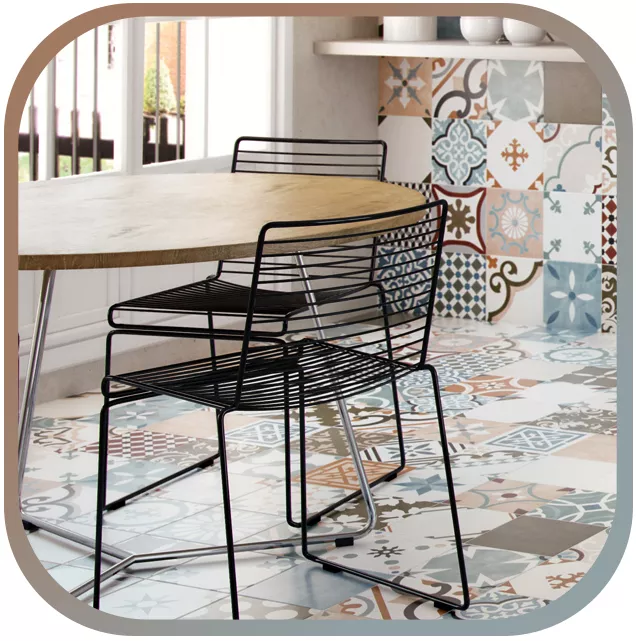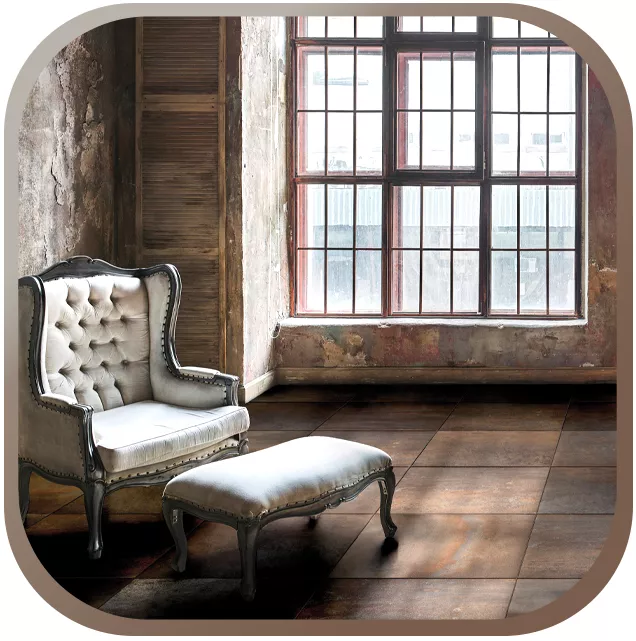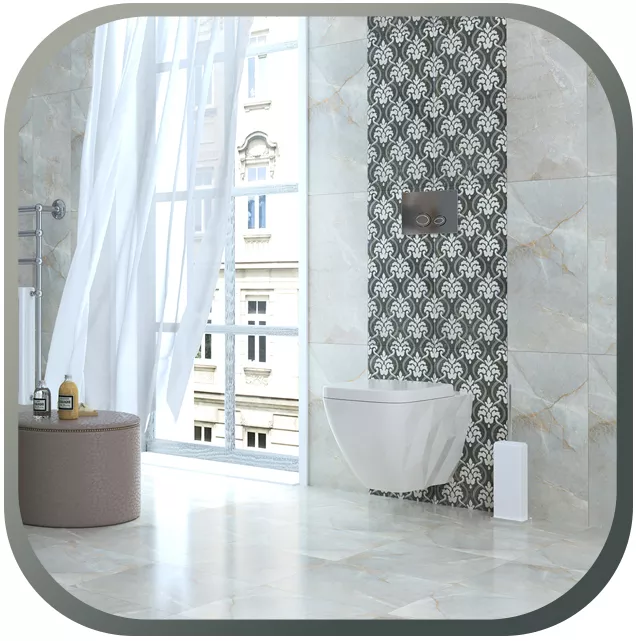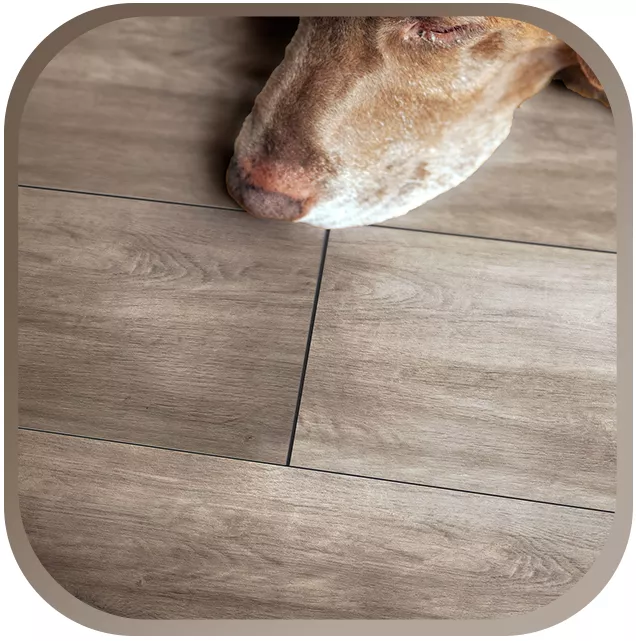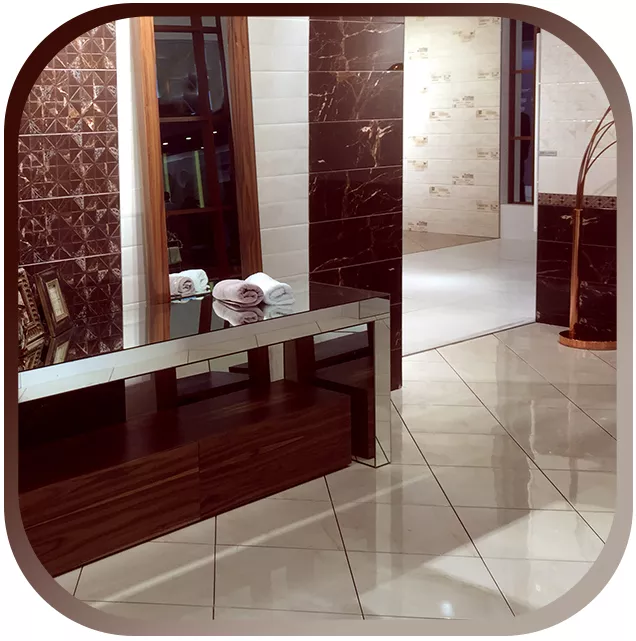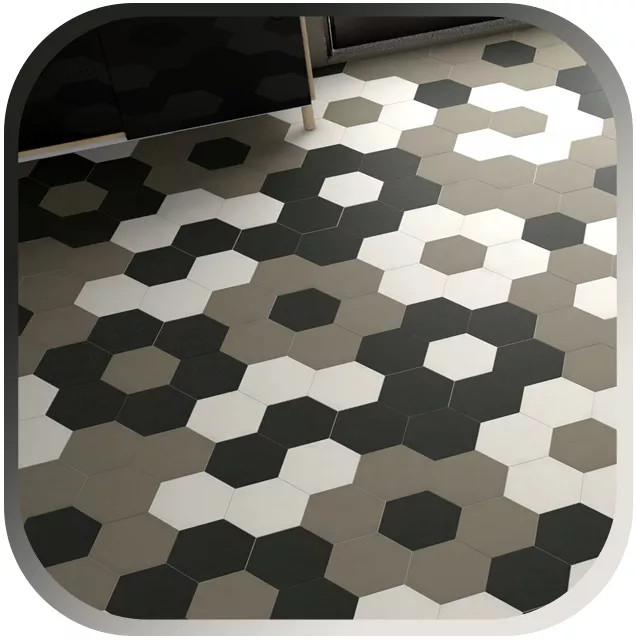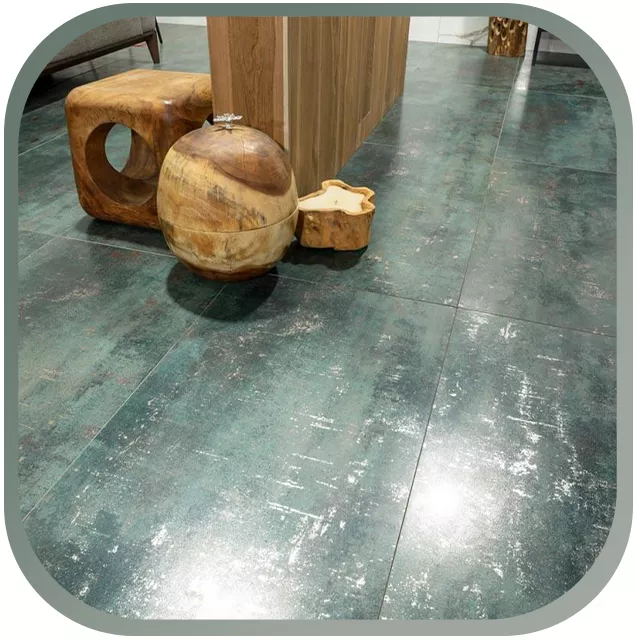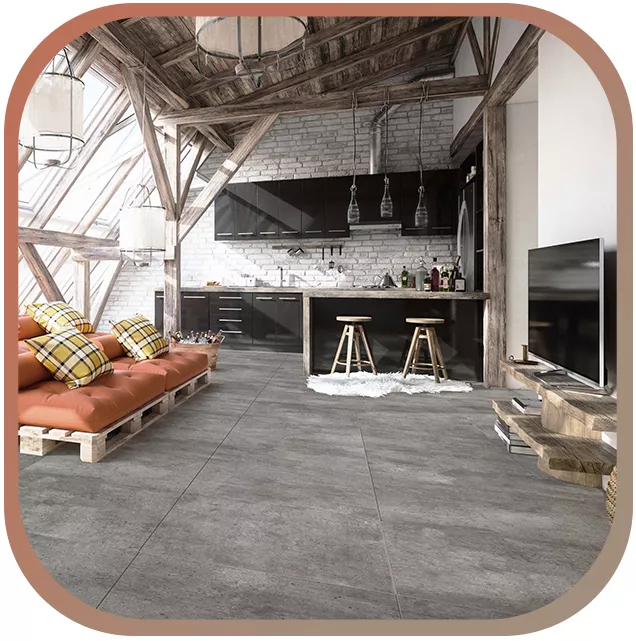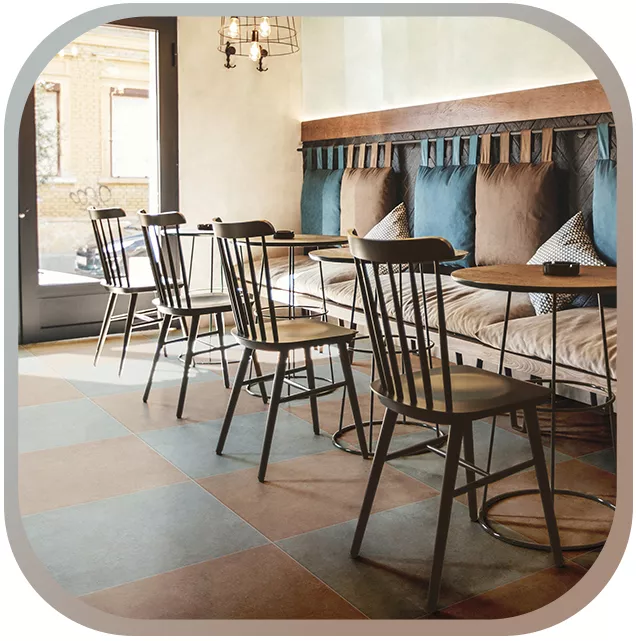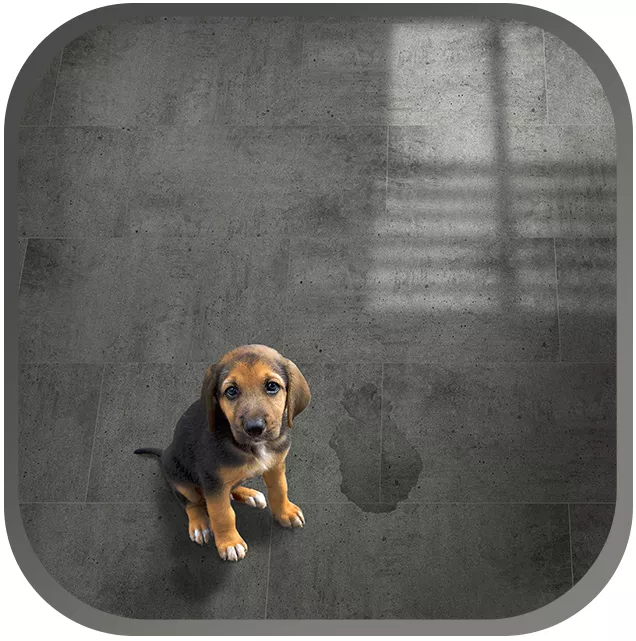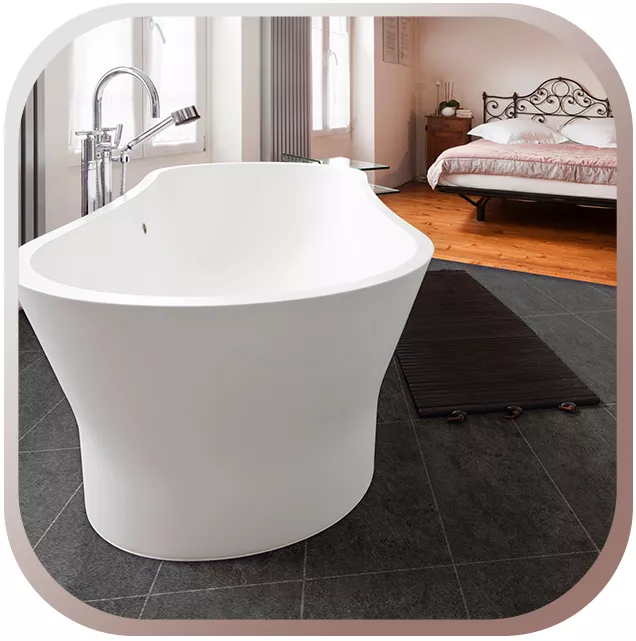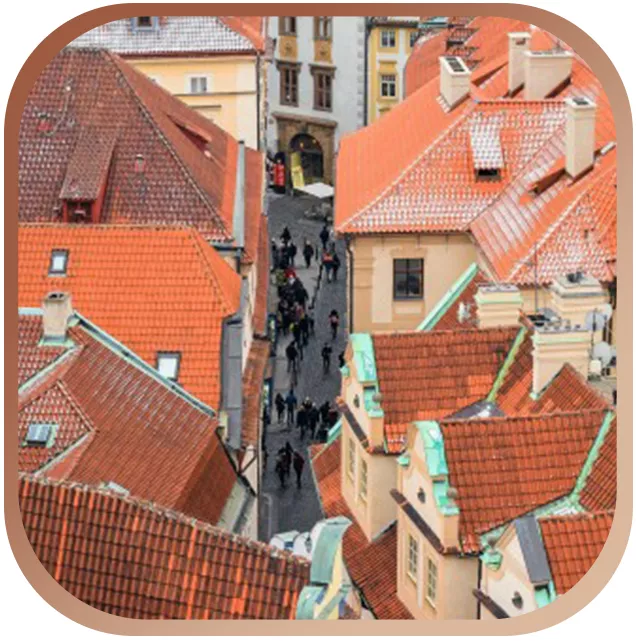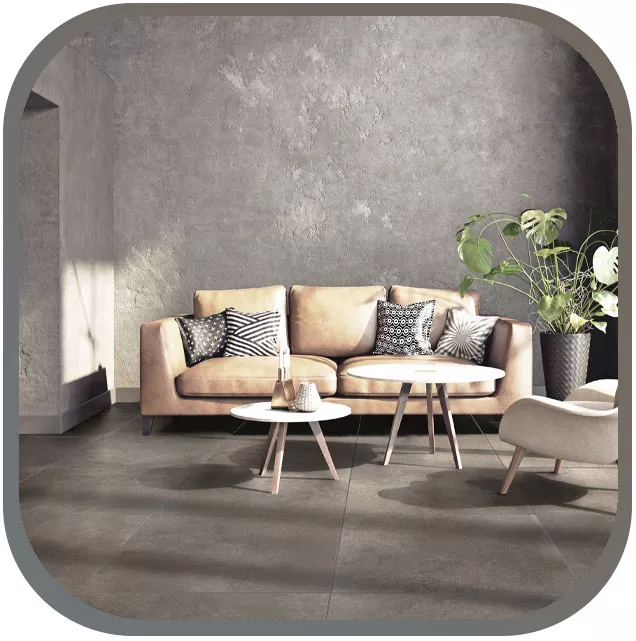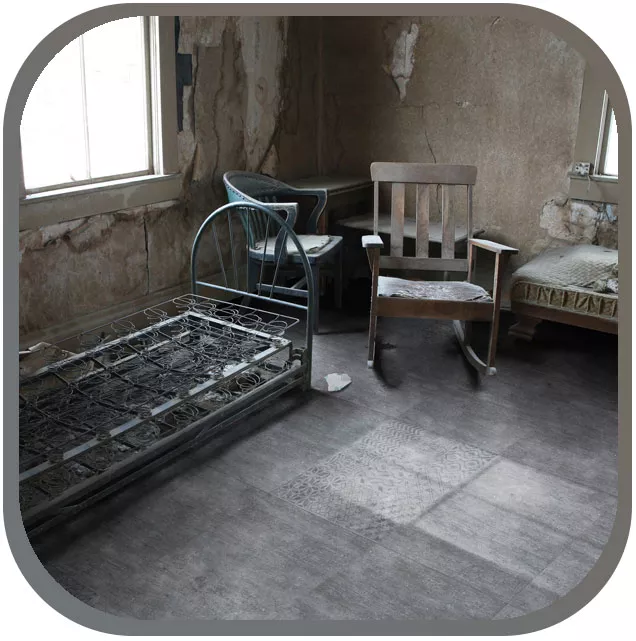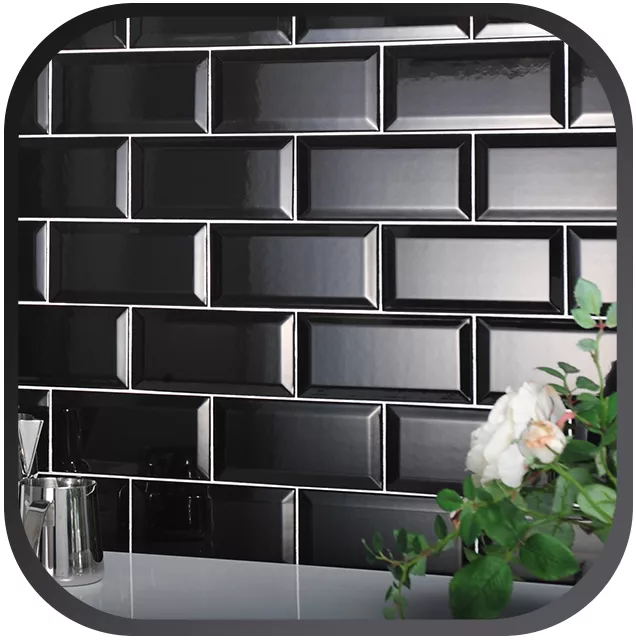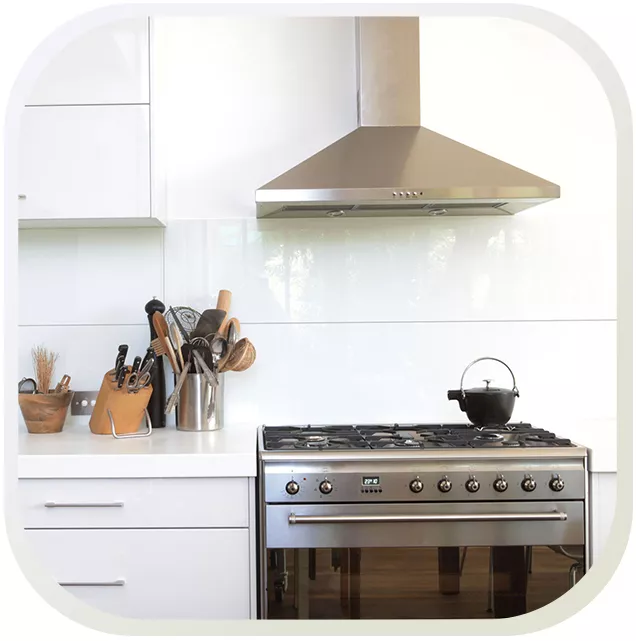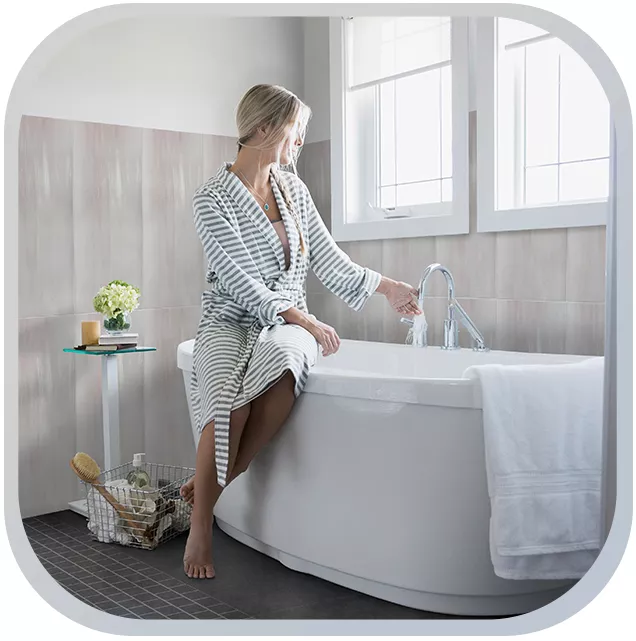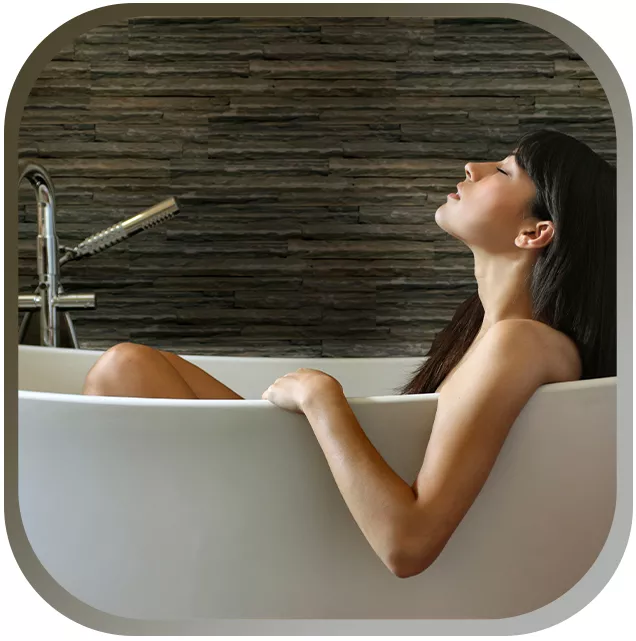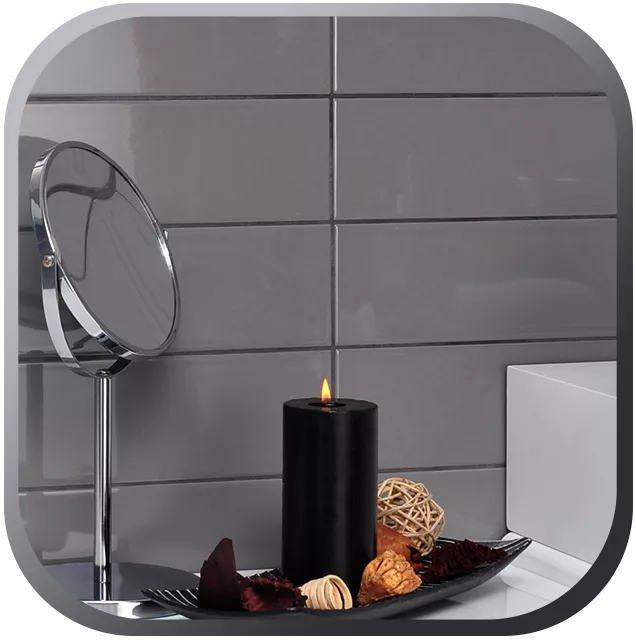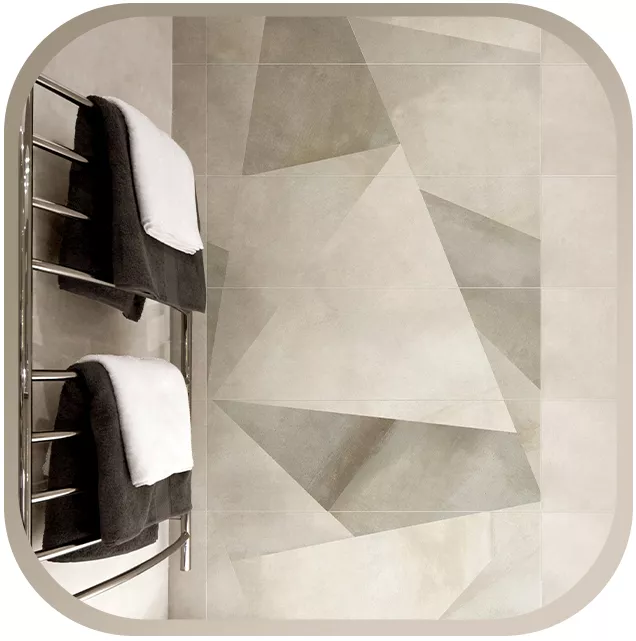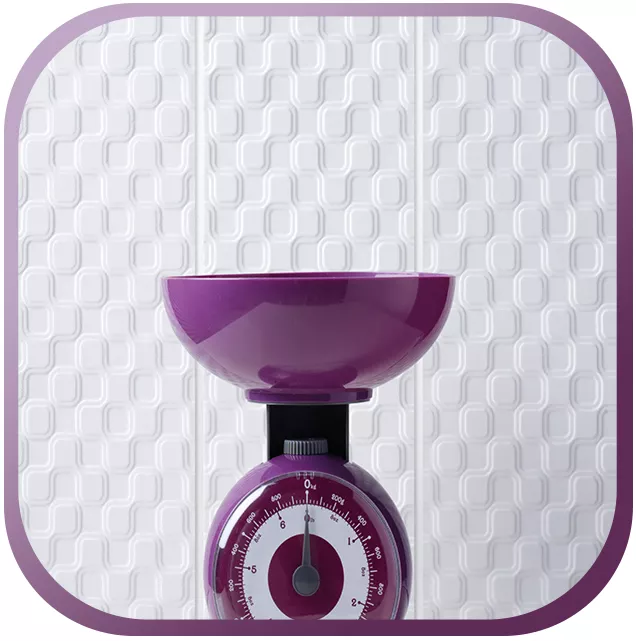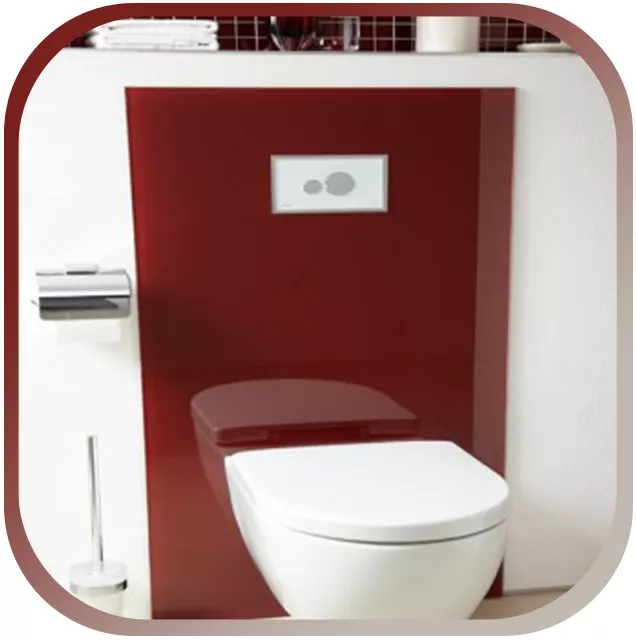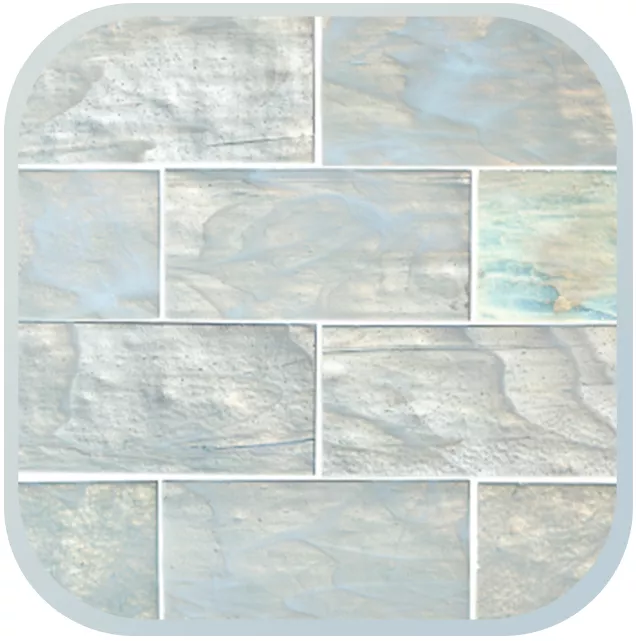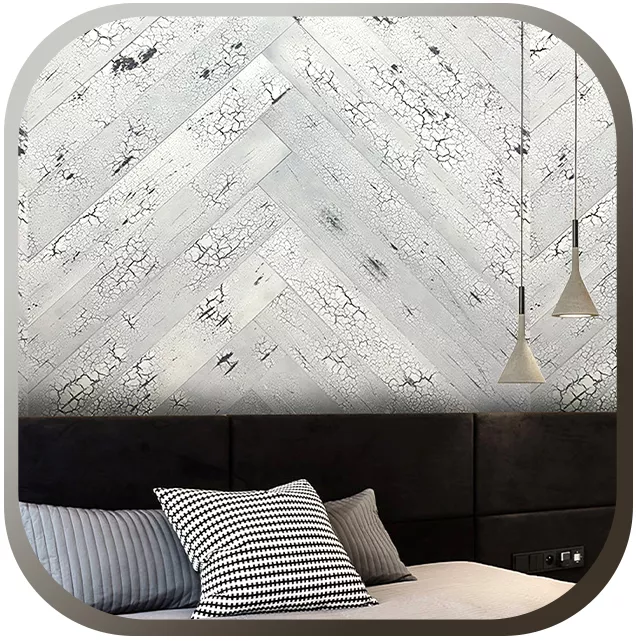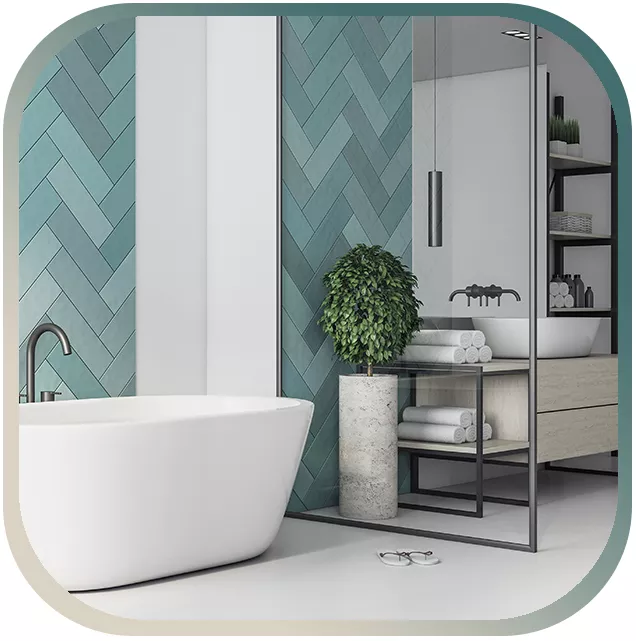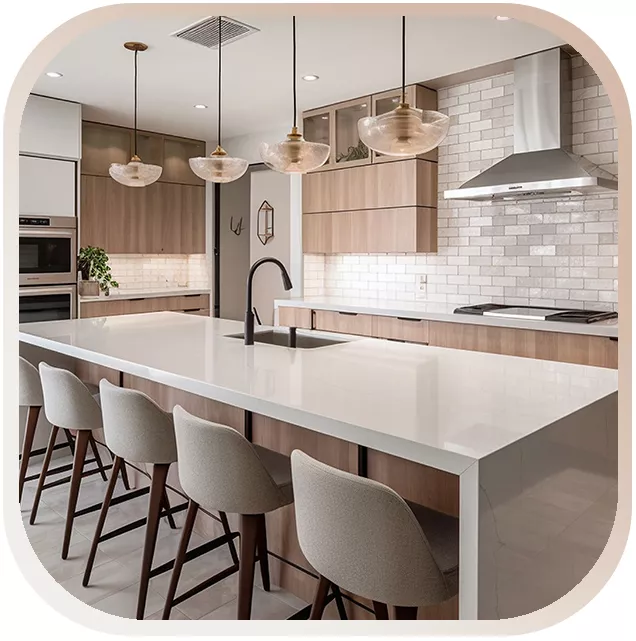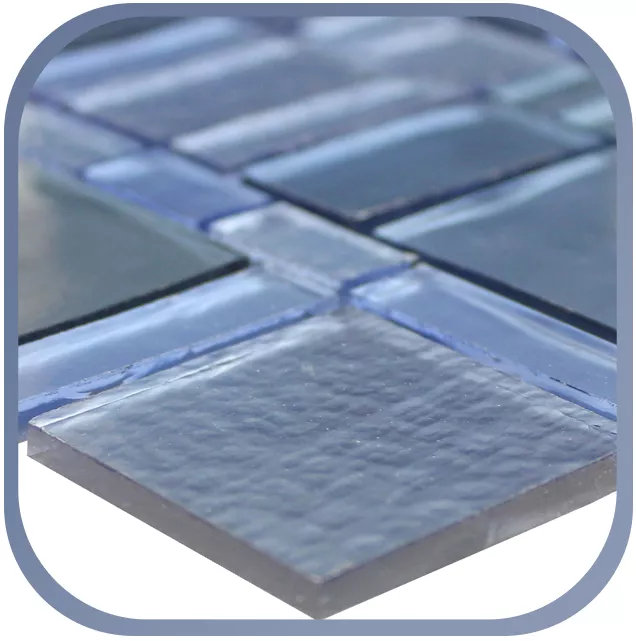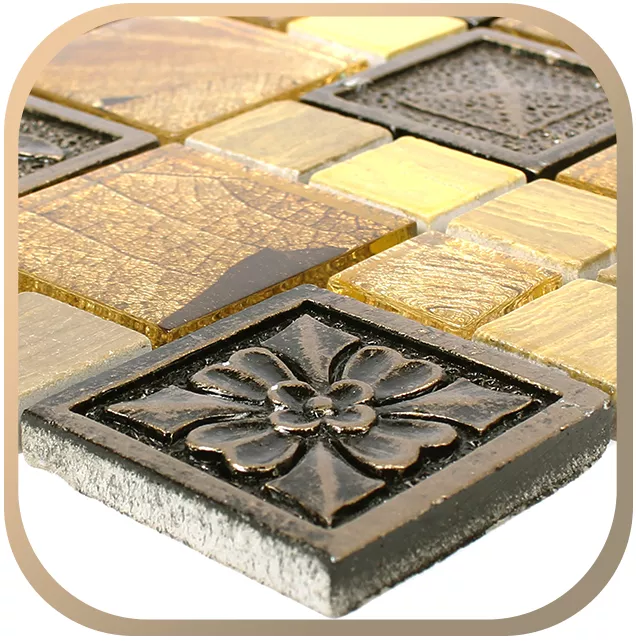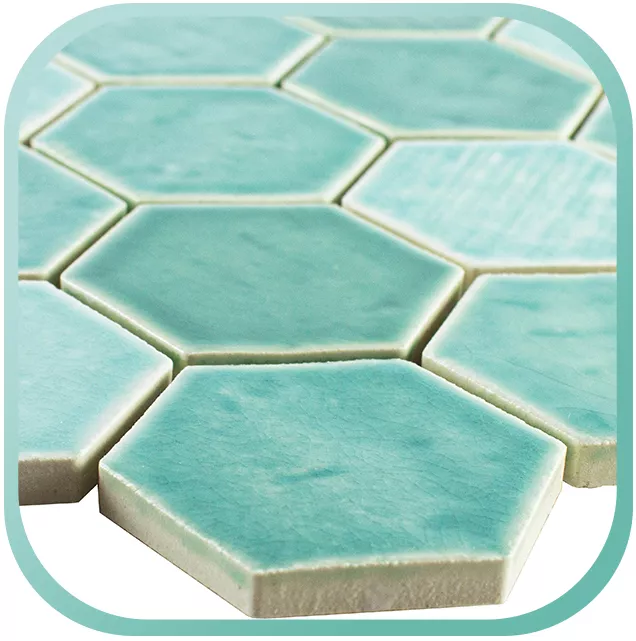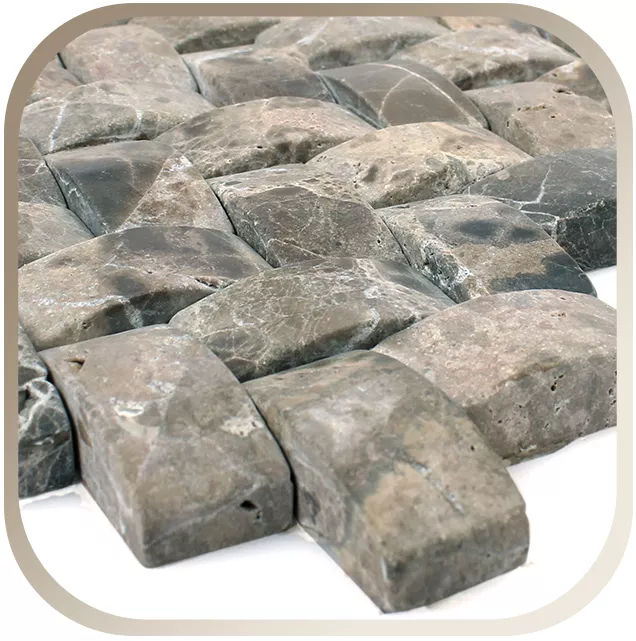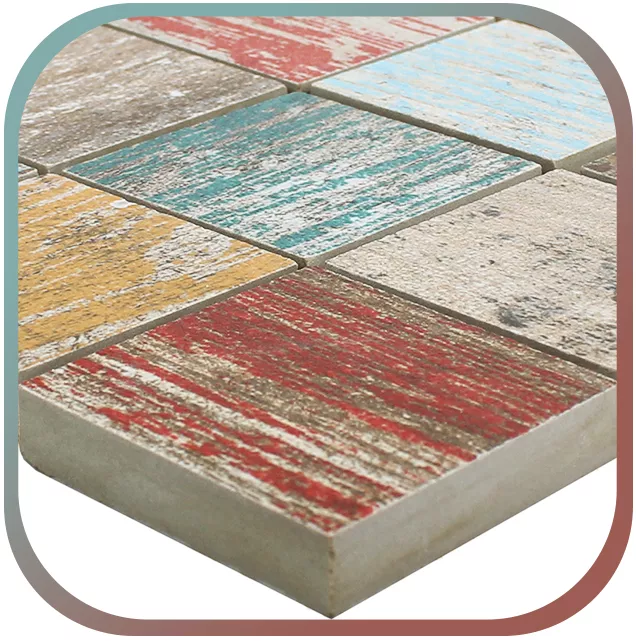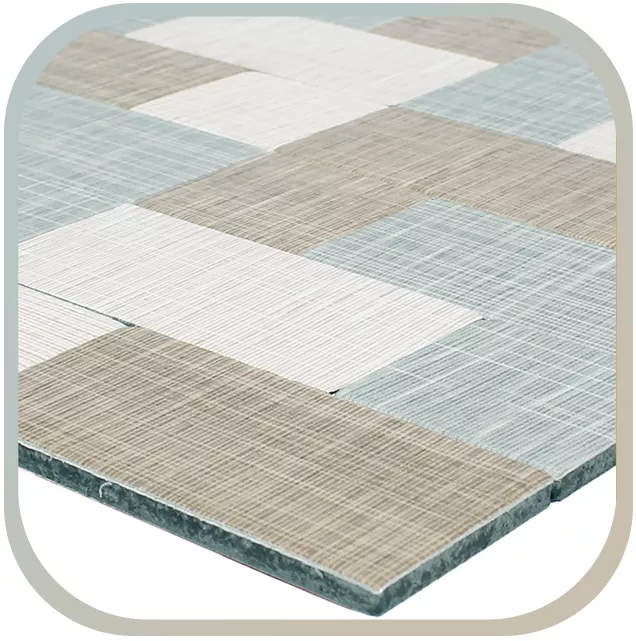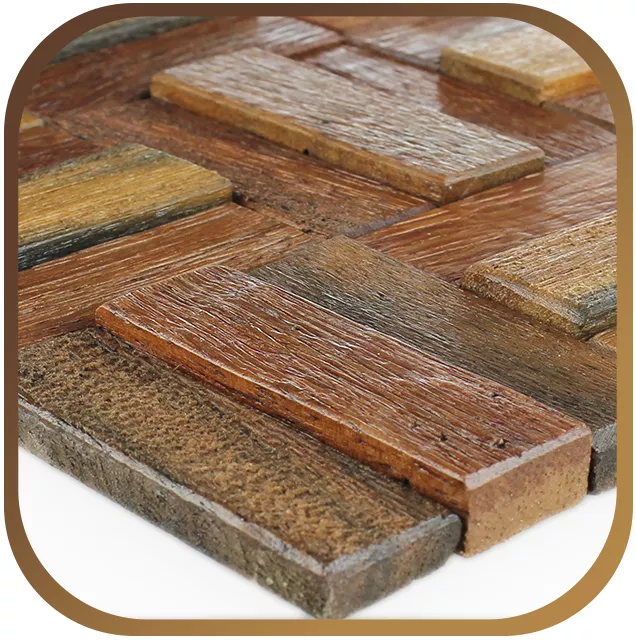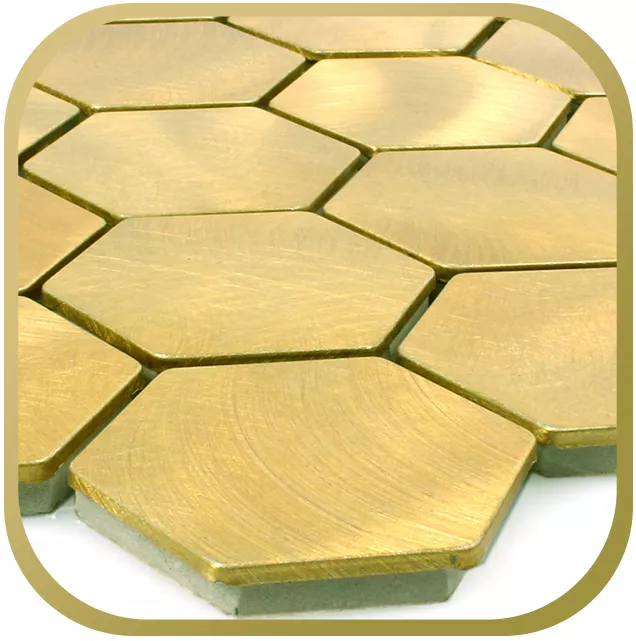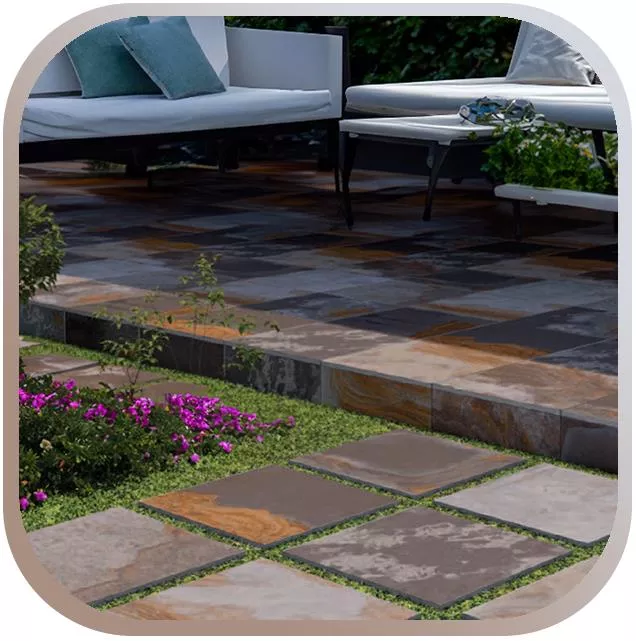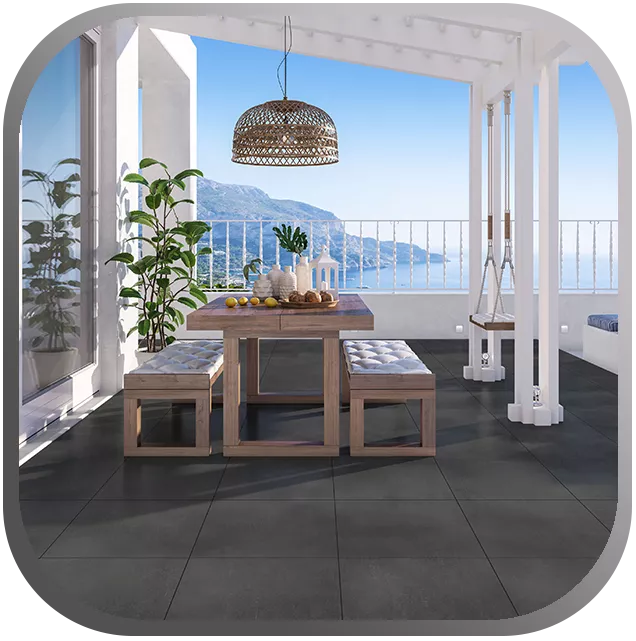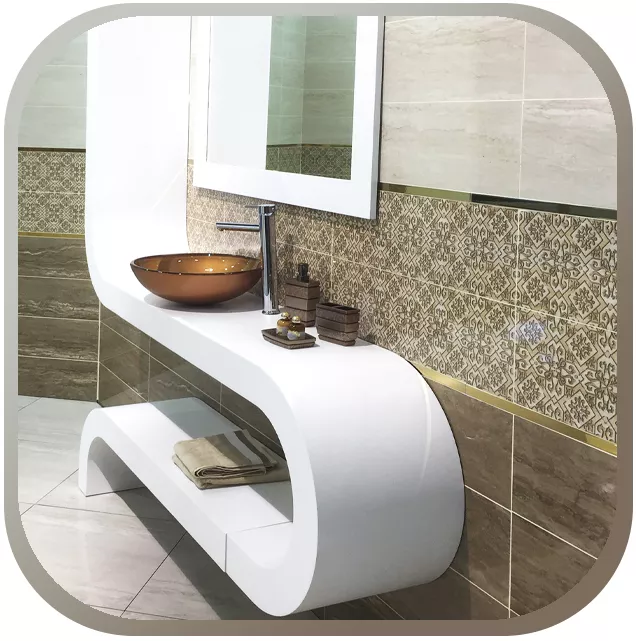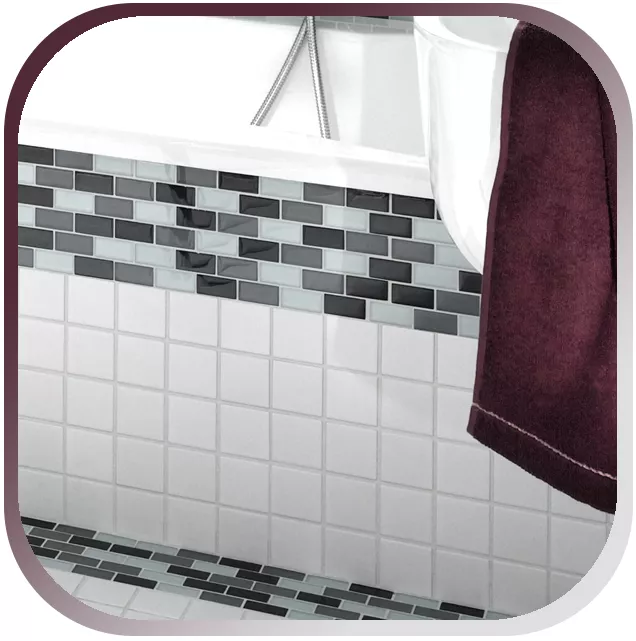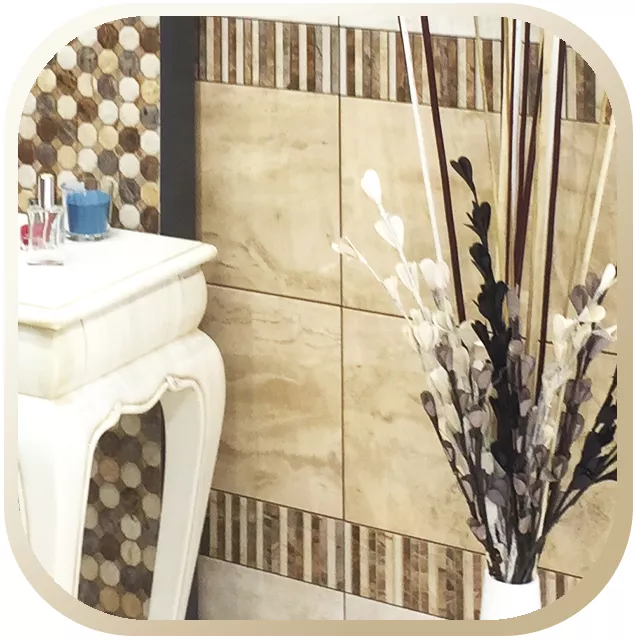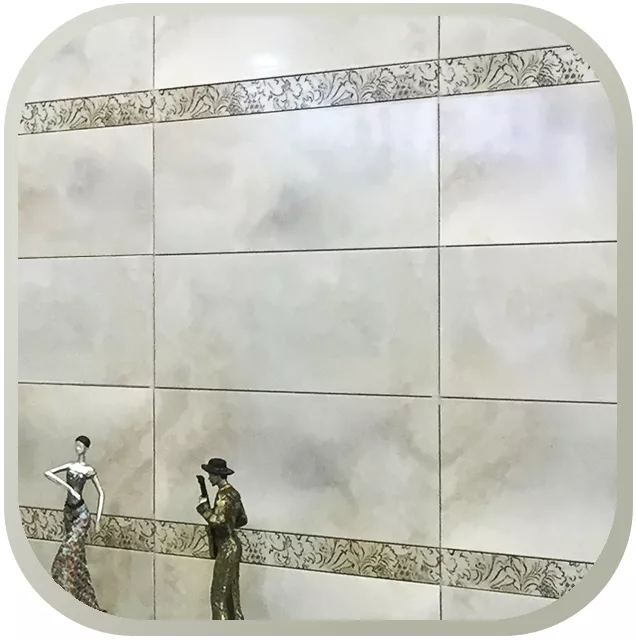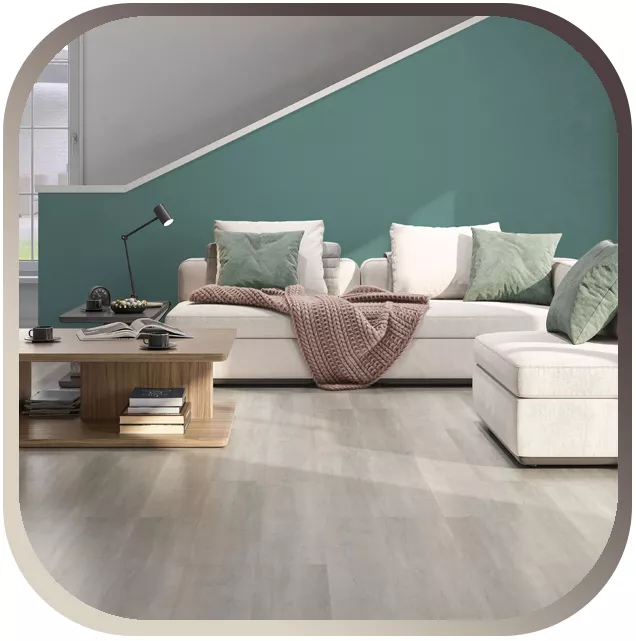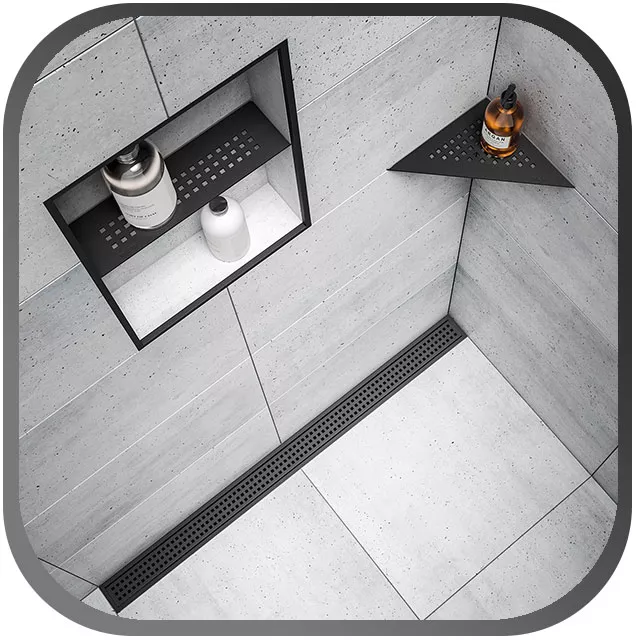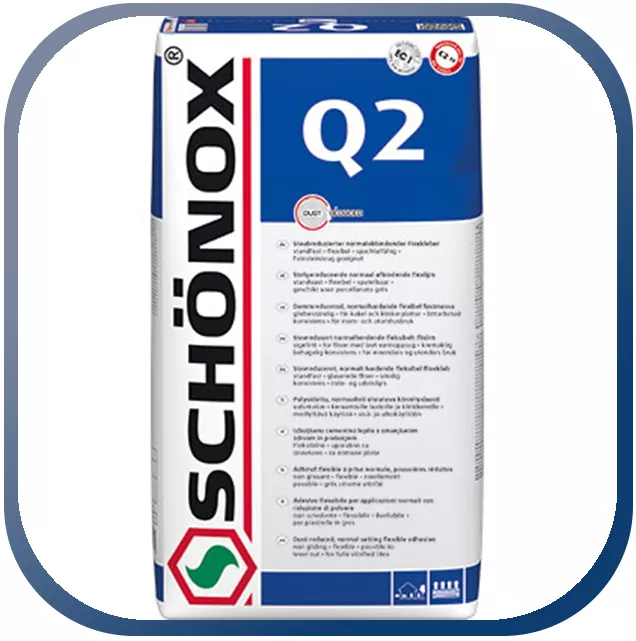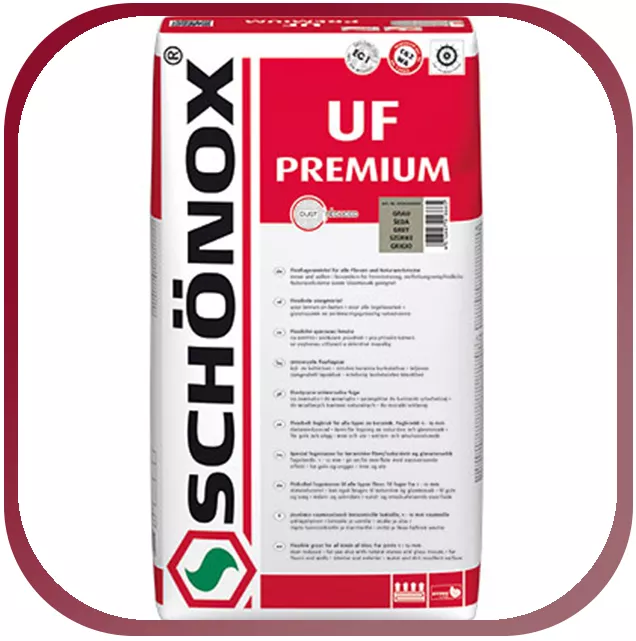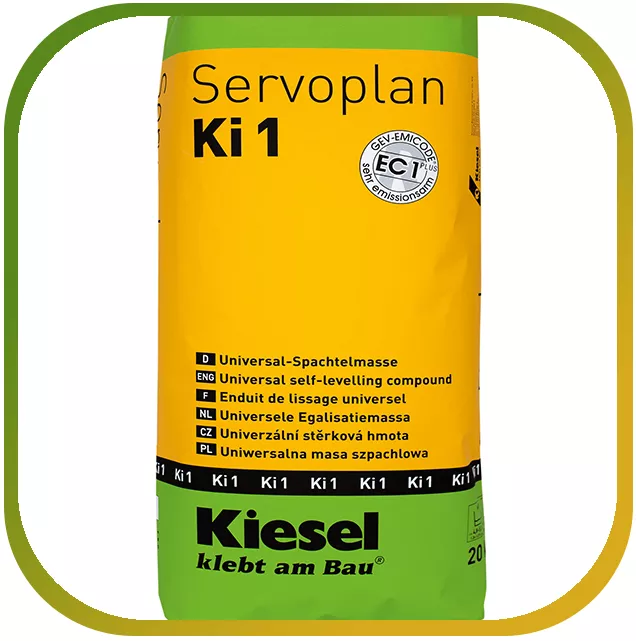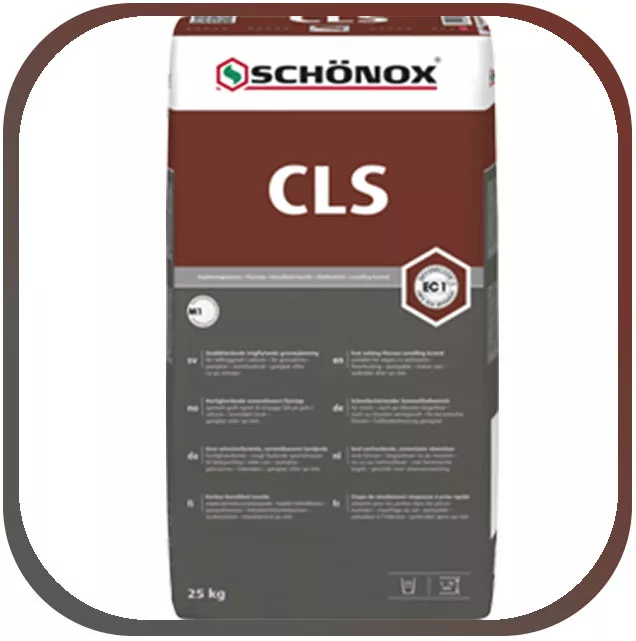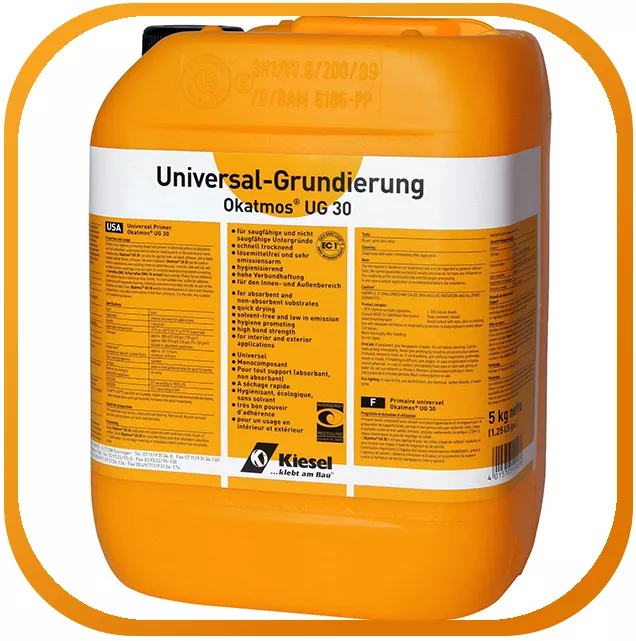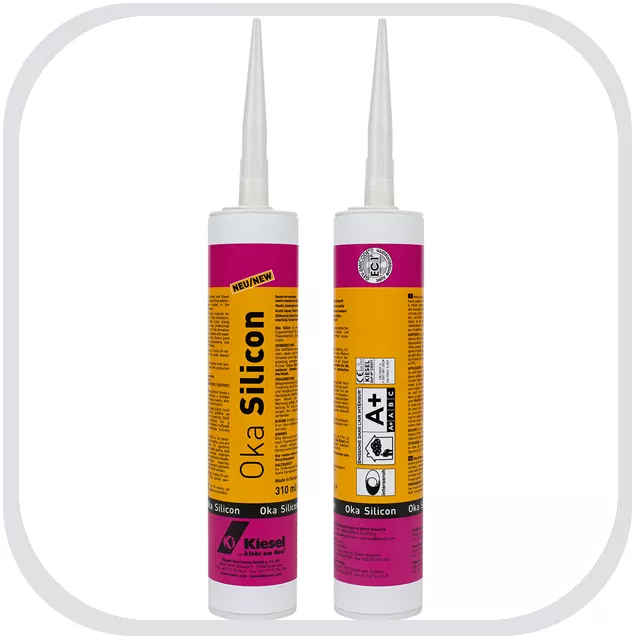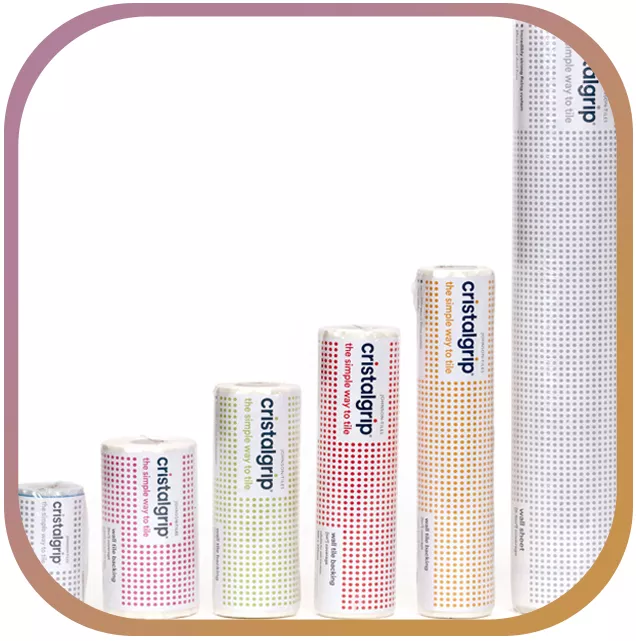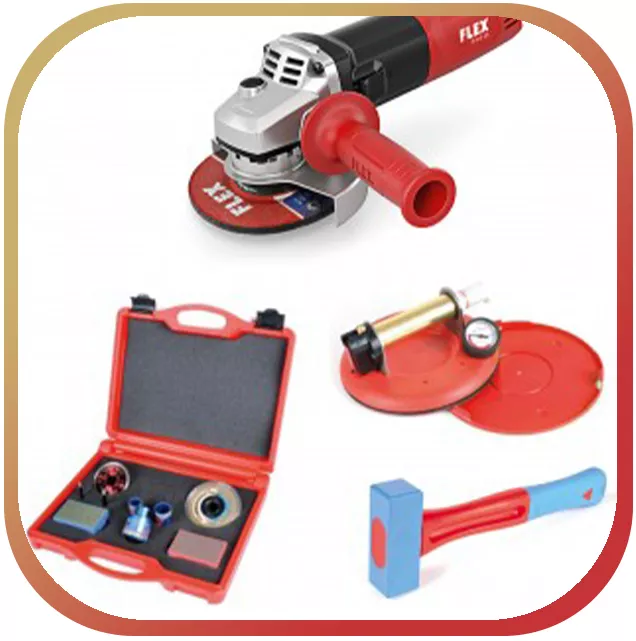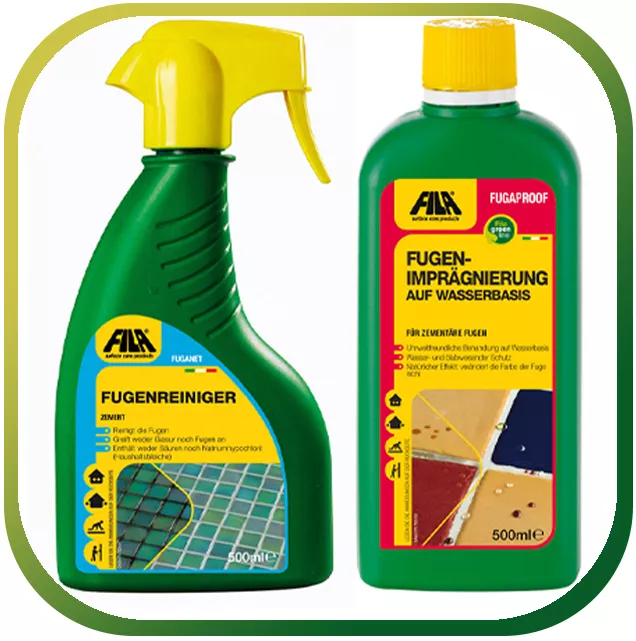
Installation recommendation of the PCI Augsburg GmbH for mosaics
1. Substrate preparation
1.1 Primer
a) Absorbent substrates:
Absorbent substrates such as sanded anhydrite screeds, cement screeds, gypsum plasters, cement plasters and plasterboard are primed with the PCI Gisogrund adhesive and protective primer. PCI Gisogrund is used undiluted for substrates containing gypsum, and diluted 1: 1 with water for cement-based substrates.b) Non-absorbent surfaces:
Non-absorbent substrates such as mastic asphalt screeds, existing firmly adhering natural stone or tile coverings or firmly adhering, sanded PVC coverings are primed with the undiluted special adhesive primer PCI Gisogrund 303.1.2 Leveling layer to produce sufficient surface evenness.
For the functional laying of mosaics, the evenness tolerances permitted for substrates according to DIN 18202 are often not sufficient. It is therefore necessary to fill or level the walls and floors accordingly in order to achieve a very even subsurface that is sufficient for laying.
a) Wall coverings: To create sufficiently flat wall surfaces, use the plastic-modified hydraulic leveling mortar PCI Pericret for layer thicknesses of 3 - 20 mm.
b) Floor surfaces: To create level substrates on cement, anhydrite flow and gypsum screeds, the PCI Periplan floor leveling system is used in layer thicknesses of 2 - 30 mm; on mastic asphalt screeds in a layer thickness of 2 - 10 mm.
• Stress class A0 Areas with low stress from non-pressing water in the interior, e. B. domestic bathrooms and hotel bathrooms: Either the waterproof and flexible protective layer PCI Lastogum or the flexible sealing slurry PCI Seccoral 1K or PCI Seccoral 2K, plastic-modified and crack-bridging sealing slurries, are used.
• Stress class A Areas with high stress from non-pressing water indoors, e.g. B. Surroundings of swimming pools and shower facilities: PCI Lastogum is used here in the wall area, PCI Seccoral 1K and PCI Seccoral 2K are used on the wall and floor.
• Stress class B0 Low stress due to non-pressing water in outdoor areas, e. B. on balconies and terraces: Here, the surfaces are sealed with the plastic-modified and hydraulically setting sealing slurry PCI Seccoral 1 K and PCI Seccoral 2 K.
b) Alkali-resistant, translucent glass mosaic is installed indoors (A0) with PCI Nanolight white. For indoor use class A, PCI Nanolight white is used in conjunction with PCI Lastoflex.
c) If the mosaic is not resistant to alkali, installation is carried out with PCI Durapox NT / PCI Durapox NT plus. All mosaics are untreated.
2.3 Aluminum mosaic
When grouting with a hard rubber washer, it may be necessary to take into account that the grout runs into the cavities of the aluminum platelets and that additional grouting is therefore necessary in order to obtain a filled joint chamber.
For the use of the listed PCI products, the information in the respective technical data sheets must be observed. These are available on the Internet at www.PCI-Augsburg.eu.
b) Floor surfaces: To create level substrates on cement, anhydrite flow and gypsum screeds, the PCI Periplan floor leveling system is used in layer thicknesses of 2 - 30 mm; on mastic asphalt screeds in a layer thickness of 2 - 10 mm.
1.3 Sealing
If the effect of moisture is to be expected, it is necessary that a suitable bonded seal is applied before laying the mosaics. The following composite seals are used, taking into account the various moisture exposure classes:• Stress class A0 Areas with low stress from non-pressing water in the interior, e. B. domestic bathrooms and hotel bathrooms: Either the waterproof and flexible protective layer PCI Lastogum or the flexible sealing slurry PCI Seccoral 1K or PCI Seccoral 2K, plastic-modified and crack-bridging sealing slurries, are used.
• Stress class A Areas with high stress from non-pressing water indoors, e.g. B. Surroundings of swimming pools and shower facilities: PCI Lastogum is used here in the wall area, PCI Seccoral 1K and PCI Seccoral 2K are used on the wall and floor.
• Stress class B0 Low stress due to non-pressing water in outdoor areas, e. B. on balconies and terraces: Here, the surfaces are sealed with the plastic-modified and hydraulically setting sealing slurry PCI Seccoral 1 K and PCI Seccoral 2 K.
2. Laying / grouting the mosaic
2.1 Glass mosaic
(also in connection with glass mosaic and stainless steel inserts)2.1.1 Laying
a) Alkali-resistant, non-translucent glass mosaic is installed in the interior (A0) with PCI Nanolight. For indoor use class A, PCI Nanolight is used in conjunction with PCI Lastoflex.b) Alkali-resistant, translucent glass mosaic is installed indoors (A0) with PCI Nanolight white. For indoor use class A, PCI Nanolight white is used in conjunction with PCI Lastoflex.
c) If the mosaic is not resistant to alkali, installation is carried out with PCI Durapox NT / PCI Durapox NT plus. All mosaics are untreated.
2.1.2 Disposal
Depending on the expected load, either the plastic-modified, hydraulically setting grout PCI Nanofug or PCI Rapidfug or the reaction resin grout PCI Durapox NT / PCI Durapox NT plus are used for grouting.2.2 Natural stone mosaic
(also in connection with glass mosaic inlays)2.2.1 Laying
2.2.2 Disposal
The special grout PCI Carrafug or the plastic-modified, hydraulically-setting grout PCI Rapidfug are used for the grouting. 2.3 Aluminum mosaic
2.3.1 Laying / pointing
The epoxy resin mortar PCI Durapox NT plus or the epoxy resin binder PCI Durapox NT are used for laying and also grouting the aluminum mosaic.When grouting with a hard rubber washer, it may be necessary to take into account that the grout runs into the cavities of the aluminum platelets and that additional grouting is therefore necessary in order to obtain a filled joint chamber.
For the use of the listed PCI products, the information in the respective technical data sheets must be observed. These are available on the Internet at www.PCI-Augsburg.eu.

